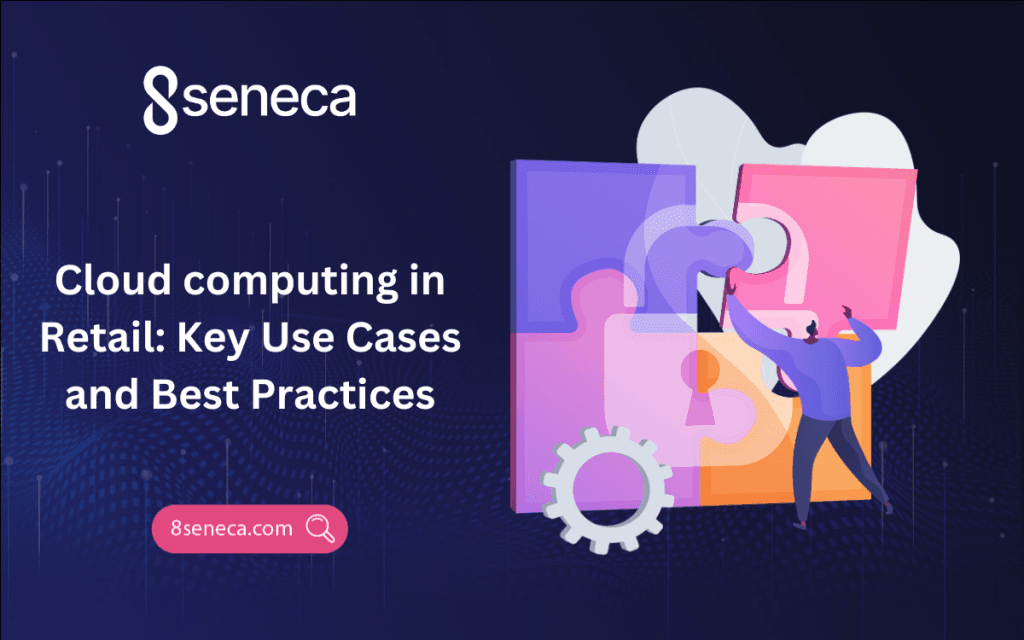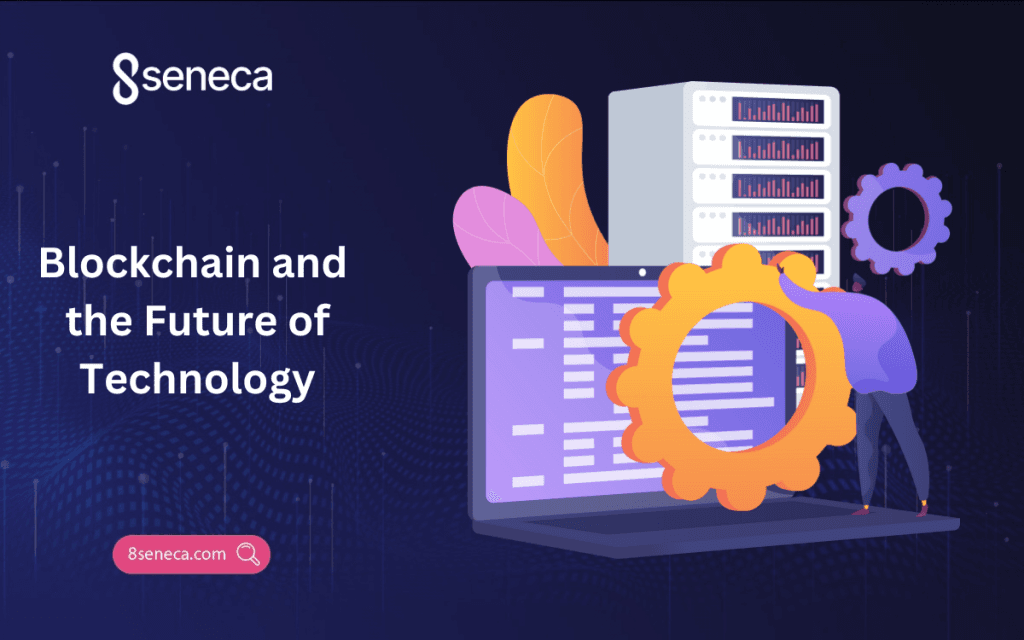AI vs. Machine Learning: Understanding the Key Differences
Learn the differences between AI and ML, their impact on business, and how to leverage them effectively in business.
In today’s rapidly evolving digital landscape, you might often hear people use the terms artificial intelligence (AI) and machine learning (ML) interchangeably. AI and ML are both revolutionary technologies of the 21st century. They have spread across numerous domains, including healthcare, finance, and marketing. Despite their widespread use, many people are still confused about the differences between these two technologies.
If you run a business, it is essential to differentiate between AI and ML. Understanding the distinction can help you make informed decisions and leverage these technologies effectively.
AI is like a puppet master, orchestrating complex tasks such as idea generation and problem-solving within minutes. Meanwhile, ML operates in the background, analyzing vast amounts of data, recognizing patterns, and making predictions. Although they work well together, they are not identical twins.
In this article, we will define these two terms clearly. We will also explain the key differences between these buzzwords and explore how businesses can utilize these tools. Additionally, you’ll learn what the future holds for these incredible technologies. By the end of this blog, you will be equipped to leverage AI and ML—before your business competitors do.
What is Artificial Intelligence (AI)?
Artificial intelligence (AI) refers to the development of computers and robots that can perform complex tasks traditionally done by humans. These tasks include reasoning, decision-making, and problem-solving.
Here are several examples of AI applications:
- Robotics: Robots perform a wide range of jobs, such as manufacturing, assembly, and inspection.
- Natural Language Processing (NLP): Voice assistants like Siri and Alexa, and chatbots that can converse with humans.
- Autonomous Vehicles: Self-driving cars that can make decisions while navigating streets.
AI can go beyond what ML can achieve. For instance, AI includes rule-based systems, computer vision, and other technologies that handle complex tasks mimicking human work.
What is Machine Learning (ML)?
Machine learning is a combination of artificial intelligence and computer science. Its primary focus is to develop algorithms that enable computers to learn from data and make decisions based on that data. The more it learns, the more it improves over time.
Here are several examples of ML applications:
- Recommendation Systems: Suggesting products to buy on Amazon or movies to watch on Netflix based on user behavior.
- Predictive Analytics: Predicting sales, stock prices, or customer behavior using historical data for forecasts.
- Fraud Detection: Alerting suspicious transactions by recognizing unusual patterns in financial data.
ML complements the power of AI by providing learned data that helps AI applications function effectively.
Differences Between AI and ML
While AI and ML are not the same, they are closely interconnected. The simplest way to tell them apart is by understanding their relationship:
- AI: A broad field focused on creating smart systems that perform tasks requiring human intelligence, such as decision-making and problem-solving.
- ML: A subset of AI that focuses on developing algorithms that learn from data and improve over time.
For example, a self-driving car (AI) integrates various technologies, including ML, computer vision, and decision-making algorithms, to navigate roads and avoid accidents. Meanwhile, the car’s ML component learns from extensive driving data to select safe routes, recognize traffic signs, and enhance its driving skills.
Overall, these factors highlight that artificial intelligence is an overarching term encompassing various approaches and algorithms. Machine learning fits within AI’s category, focusing specifically on learning, data acquisition, and related subfields. From there, ML supports and provides AI with the information it has acquired so that it will start working based on that.
Applications of AI vs. ML in Business
In 2021, Statista reported that AI marketing was valued at 15.84 billion U.S. dollars. They also anticipate that this value will surpass 107.5 billion by 2028.
The impact of artificial intelligence and machine learning is clearly significant for businesses. But how do we apply these tools in a business setting?
If your business involves decision-making, autonomous tasks, or systems that require human logic, then AI is a good fit. AI is ideal for autonomous situations, such as chatbots, fraud detection systems, and other similar applications.
If your business focuses on personalized recommendations, predictive maintenance, or pattern recognition, then ML is an excellent choice.
However, if you are still unsure about which to choose, start with clear business objectives and experiment with these applications. Over time, you will gain a better understanding of which technology aligns well with your business model. You may then confidently select one or even use both based on your current needs.
Future Trends in AI and ML
Today, artificial intelligence and ML have already integrated into our daily lives, rapidly transforming the world of information technology. Numerous corporate activities, from chatbots to predictive analytics, have been implemented and optimized by AI and ML. There is no doubt that in the future, they will continue to grow and evolve.
Here are some emerging trends in AI:
- Generative AI: AI models that transform text into art, revolutionizing the marketing and design industries.
- AI Ethics: A growing focus on ensuring AI’s accuracy, transparency, and responsibility.
- AI for Creativity: The development of more advanced tools for creating art and other creative content.
Similarly, there are emerging trends in ML:
- Deep Learning Advancements: More sophisticated neural networks are enhancing capabilities in image recognition, language processing, and predictive analytics.
- AutoML: Automating the creation of ML models, making ML more accessible to businesses without deep technical expertise.
- Reinforcement Learning: Teaching models through trial and error, improving applications in robotics, gaming, and complex decision-making.
These trends will drive more personalized customer experiences, enhance automation capabilities, and lower the barrier to entry for using AI and ML. This will enable businesses of all sizes to innovate faster and smarter.
Conclusion
In summary, artificial intelligence and machine learning are powerful technologies that are transforming industries across the globe. Artificial intelligence excels at automating complex tasks that mimic human intelligence, while machine learning enhances these capabilities by learning from data and improving over time. Both technologies offer immense potential for businesses, from optimizing decision-making and automating tasks to providing personalized customer experiences.
As the landscape of these tools continues to evolve, new trends such as generative AI, deep learning advancements, and AutoML are emerging, further expanding their applications and accessibility. Businesses of all sizes can benefit from these technologies, but it’s crucial to explore them strategically. Start with clear objectives, experiment with artificial intelligence and machine learning solutions, and align them with your business model to achieve the best results.
The evolving world of technology presents countless opportunities for innovation, efficiency, and growth. By staying informed and proactive, businesses can harness these tools to stay ahead of the competition and navigate the future with confidence.
Related Articles

Jan 14, 2025
Read more
Will Decentralized Social Media Take Over in 2025?
Explore if decentralized social media could reshape online interactions in 2025 with greater privacy and control.

Jan 08, 2025
Read more
What You Need to Know About Zero-Trust Architecture
Learn the essentials of Zero-Trust Architecture: how it enhances cybersecurity by verifying every user and device.

Oct 07, 2024
Read more
Cloud Computing in Retail: Key Use Cases and Best Practices
Cloud computing helps retailers optimize operations, streamline inventory, and improve decision-making with real-time data.

Sep 27, 2024
Read more
How Hybrid Smart Contracts Revolutionize Blockchain Technology
Discover what hybrid smart contracts are and how they are revolutionizing blockchain technology, including key benefits and challenges.

Aug 14, 2024
Read more
Blockchain and the Future of Technology
Explore how blockchain technology is revolutionizing industries like finance, healthcare, and supply chain management.

Aug 08, 2024
Read more
Cybersecurity: Protecting Our Digital World
The importance of cybersecurity in today's digital age. Learn tips to protect your data and systems from digital threats.
